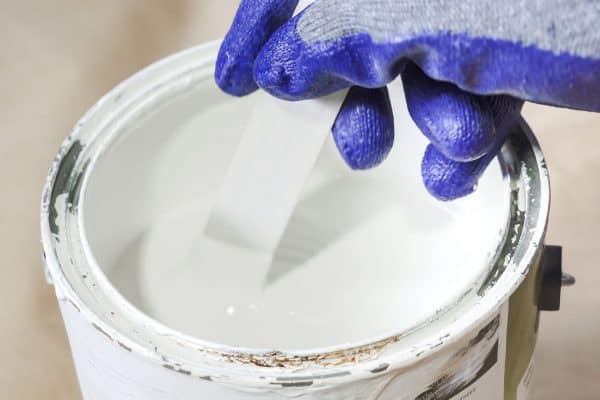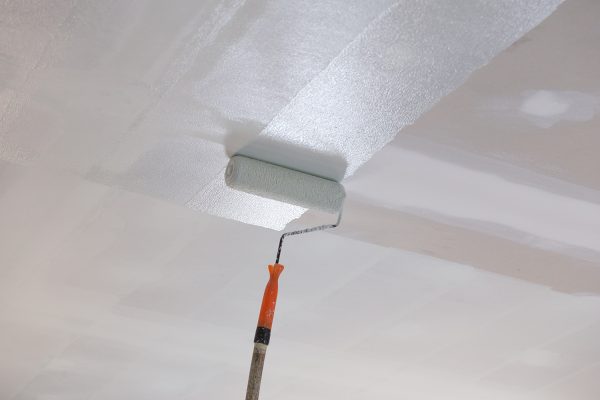Painting the walls in your home can be a really fun process, but deciding between colors can be a frustrating experience, especially when the colors are similar. If you are looking for a greige paint, then Benjamin Moore's Pale Oak and Edgecomb Gray are two shades that might leave you scratching your head with indecisiveness. However, we are here to make your painting woes disappear because we have the information you need to make the very best paint choice.
Pale Oak and Edgewood Gray are both popular paint colors because of their neutral warmth. Even though the two colors share many similarities, Pale Oak isn't quite as dark as Edgewood Gray, so it's the better choice if you are looking to achieve brightness in your space. If f you would rather have a room that is a tad bit darker, then go with Edgewood Gray. You should also take your flooring and existing furnishings into consideration when picking your paint colors.
The color you choose to paint your walls is an all-important decision, and there are many things to consider when opting for a shade of paint. Read on to find out all of the differences between Pale Oak and Edgewood Gray, their undertones, and the other colors that will look absolutely stunning alongside these subtle shades.
Color Comparison
Since Edgecomb Gray and Pale Oak are quite similar, it's no surprise that they might present a dilemma for prospective painters. The two colors are part of the trendy greige color family which means that they are a mixture of gray and beige.
Greige is a popular choice because it brings warmth to a room that isn't achieved with basic gray paint. Greige is also extremely neutral, so it complements a variety of other shades and it works in all types of rooms.
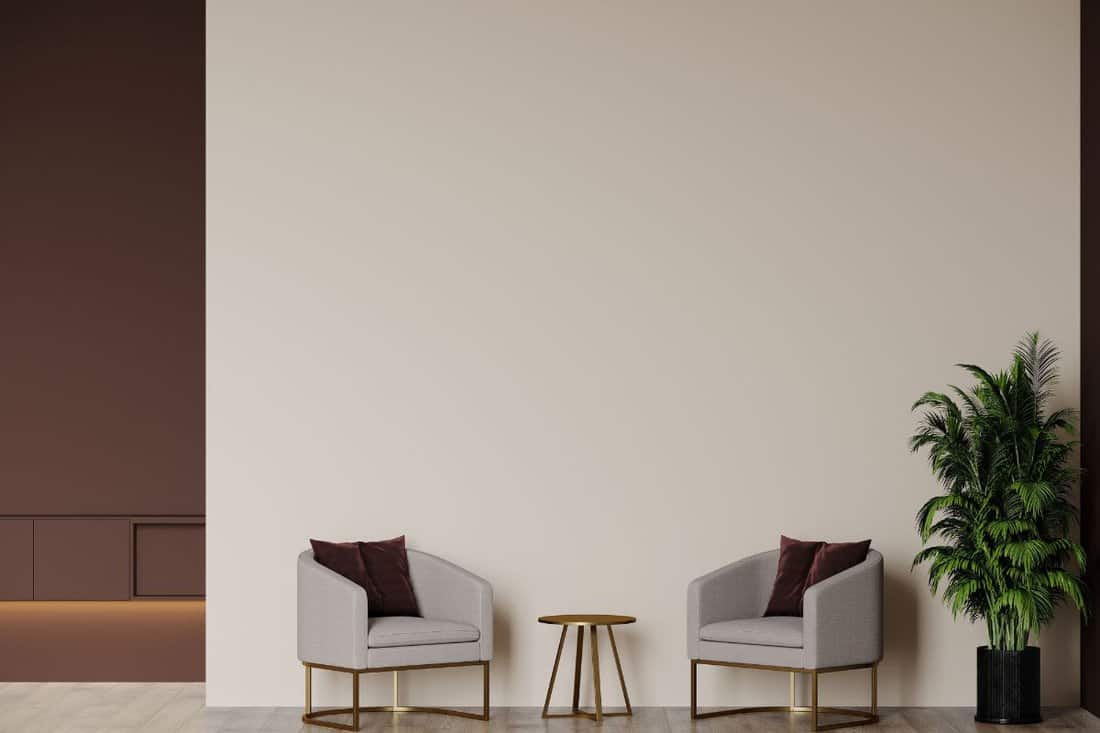
Is Pale Oak Lighter Than Edgecomb Gray?
Pale Oak is lighter than Edgecomb Gray but not by much. Pale Oak looks more beige while Edgecomb Gray appears grayer.
Although the difference in color is very slight, it can be quite noticeable in a room that has natural light. Pale Oak could look too light in a room that is already bright, so you might want to go with Edgecomb Gray to give the space some warmth.
If a light and bright area is what you want to achieve, then Pale Oak can provide that ambiance in a room that has an abundance of natural light. Keep in mind that the color might not appear as dynamic in a bright room.
What Are The Undertones Of Benjamin Moore's Pale Oak?
Pale Oak might be a greige paint, but it contains some interesting undertones. Surprisingly, Pale Oak is not only beige and gray, but it also contains pink and purple undertones.
The actual color of the paint at times appears almost white, but in various lights, the undertones in the paint can really pop out. Because pink and purple can contrast with other colors, keep the undertones in mind if you want to avoid any color clashing in your rooms.
What Are The Undertones Of Benjamin Moore's Edgecomb Gray?
The undertones of Edgecomb Gray are slightly soft green. Whether or not you can see the green all depends on the natural light in the room. This shade of paint is often described as earthy and neutral, and it can work in rooms with a variety of colors.
Complementary Colors For Benjamin Moore's Edgecomb Gray
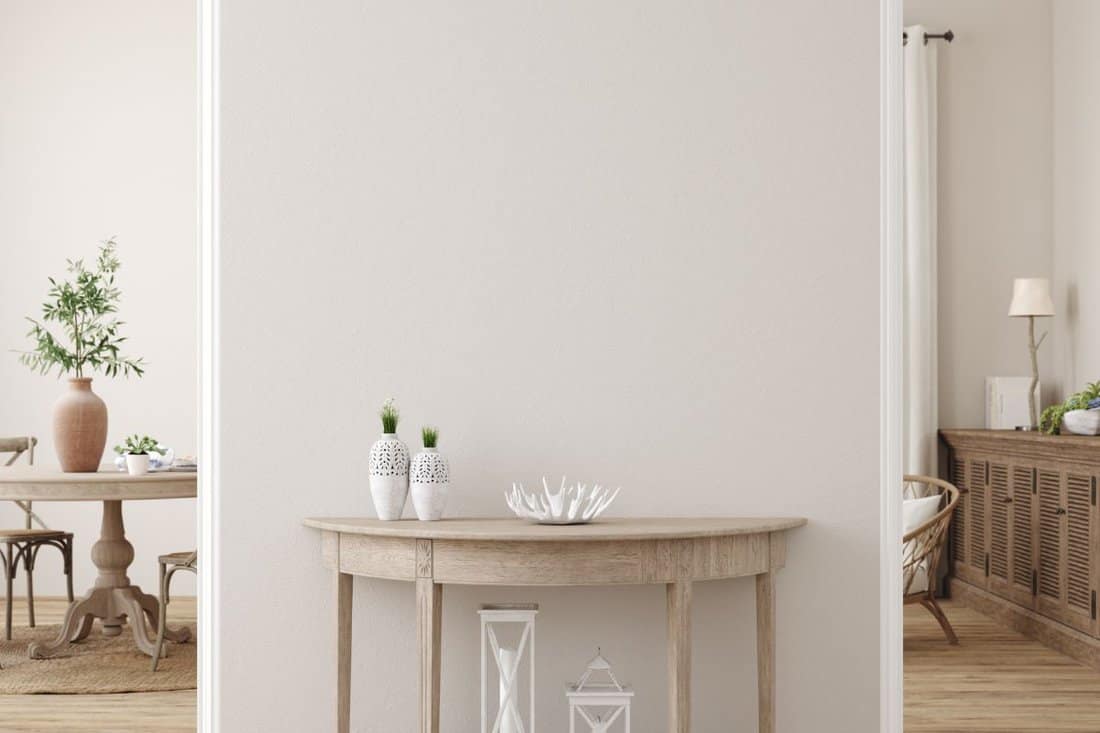
Even though this color is extremely versatile, there are some paint colors that complement it better than others. Hands down, the most widely recognized complementary color for trim is Benjamin Moore's White Dove.
If you are looking to add some drama with an accent wall, Edgecomb Gray pairs beautifully with Hale Navy, Revere Pewter, and Ashley Gray. Since this color has the ability to adapt to the other colors in a room, there are truly endless possibilities.
Decor Color Choices
Decorating a room with Edgecomb Gray walls is an easy feat because of the paint color's versatility. Warm earth tones work wonderfully with the shade, but if that's not your style, don't be afraid of pairing it up with bold, vibrant colors.
Edgecomb Gray is often described as a chameleon, so you can expect it to coordinate well with just about any color scheme.
Complementary Colors For Benjamin Moore's Pale Oak
We may include affiliate links and curated AI content to highlight top design styles.
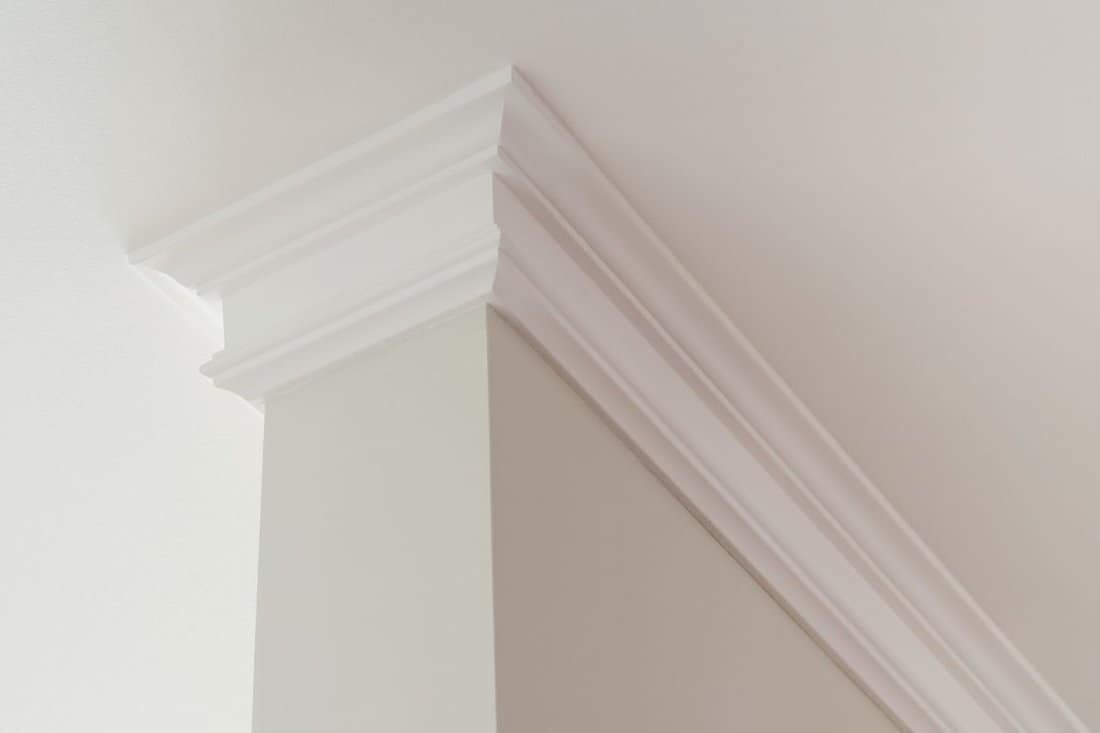
Pale Oak is a lighter paint color, but it still provides a charming warmth in a room. When it comes to complementary colors, Chantilly Lace is a gorgeous color that many experts recommend for trim and woodwork in a room with walls painted in Pale Oak.
Like Edgecomb Gray, Pale Oak also coordinates well with White Dove and Hale Navy. The lighter shade of White Dove enhances the hues of Pale Oak nicely, while the dark and rich Hale Navy really brings out the color of Pale Oak.
Decor Color Choices
The pink and purple undertones of Pale Oak make this color a perfect match with light wood decor and beige. Other really beautiful companions to Pale Oak are blue, gray, and taupe. If you want a crisp, airy room, white furnishings look striking with Pale Oak as a backdrop.
Which Color Is More Popular?
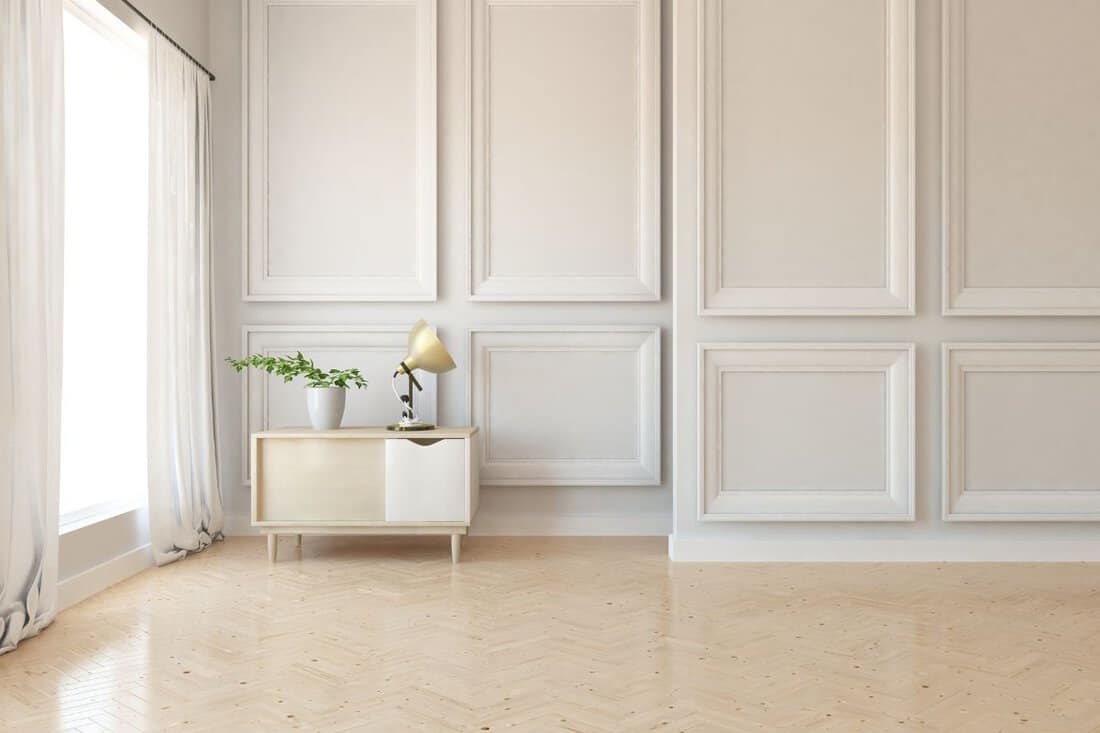
Because of the incredible versatility of colors that are both beige and gray, it's no surprise that Edgecomb Gray and Pale Oak are extremely popular paint choices. However, according to design experts, Edgecomb Gray has the edge over Pale Oak when it comes to popularity.
The reason for this might be because Edgecomb Gray is a little darker and more dramatic than Pale Oak. Another possibility is because of Pale Oak's pink and purple undertones.
Depending on your tastes and decor, pink and purple can be difficult shades to work with when trying to achieve harmony in a room. Edgecomb Gray, on the other hand, is slightly more neutral and earthy.
Where Should You Use Edgecomb Gray And Pale Oak In Your Home?
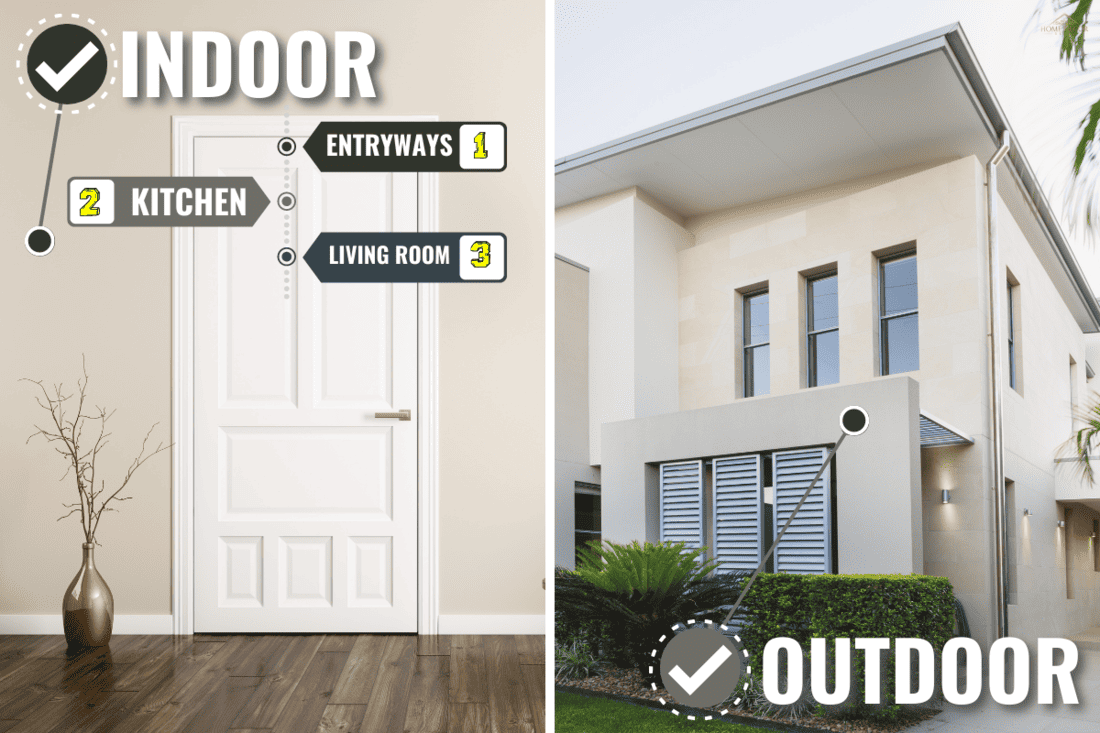
As mentioned previously, these two paint colors are excellent choices for a variety of rooms and areas in your home both inside and out!
Indoor
Edgecomb Gray looks lovely in well-lit rooms such as entryways. The soft, muted tones also provide a touch of warmth in kitchens, and if you really want to be surrounded by this soothing color, bedrooms and living rooms with lots of light can look stunning as well when painted in Edgecomb Gray.
Pale Oak is also fabulous in kitchens, entryways, and main living areas. This color can really brighten up areas in your home that lack natural lighting, so it's a great shade for spaces that are a little on the dreary side. Because of the pink and purple undertones, this is an excellent color for bathrooms and nurseries as well!
Outdoor
Don't forget Edgecomb Gray and Pale Oak aren't just for indoor use; they can be used outdoors as well. These stunning, neutral shades are great options if you are painting the exterior of your home.
Whether you use them for trim or the entire house, the aesthetically pleasing colors are sure to add a lovely elegance to your home.
Wrapping Up
If you haven't been able to decide between Pale Oak and Edgecomb Gray, hopefully, this article has helped you narrow it down. Both paint colors are popular and attractive, so whether you use them indoors or outdoors, either one will be sure to fill your home with warmth, charm, and a lot of sophistication.
For more painting ideas, click on these links:
Sherwin-Williams Sea Spray Vs. Sea Salt: Which To Choose?
What Color Goes With Benjamin Moore White Sand?
Sherwin Williams Alabaster Vs Benjamin Moore White Dove: What Are The Differences?

